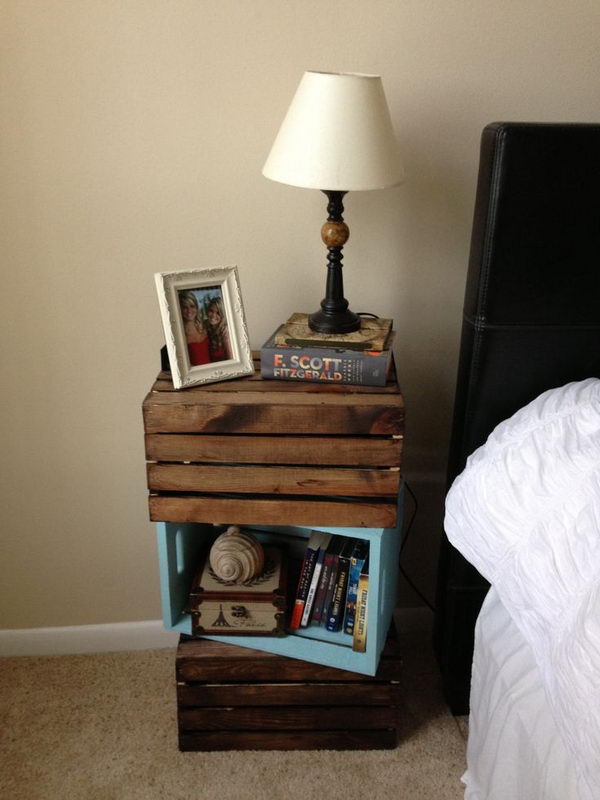Table of Content
The ceramic plates in ceramic room heaters are attached to metal coils that heat up just like a coil heater. And if you’re looking for a good ceramic heater, then check out our guide on the best ceramic heater reviews to find a good deal. We’ll discuss all of that below as well as how to use your ceramic heater in the most efficient way. Rooms heated by radiators often feel dry, especially in winter. Keep a humidifier on hand to add moisture back into the air.

I have the standing radiator heaters all over my house. As you said you can put the temp for that room and not the same all over. Also the oil in them last a long time, because you can keep the heater low and at an even heat. When the oil leaves the heater is it safe to keep using it? I have about 3 in my house that has given out of oil but I still use them. That steam then travels up a set of pipes into the radiator, which in turn, heats up the room via radiation and convection.
Radiator Heat Output
Conventional heating needs to heat all the air in the room to restore the temperature. The radiant electric heat is then directed where it’s required. Infrared radiators produce infrared rays to give the sensation of heating from the sun. Then your next step is to contact heating companies in your area! Click here to use our quote request form, making your search much easier. By looking at multiple companies and their prices, you’ll easily identify the quote that is best tailored to your needs.

However, your home needs to be very well air sealed and insulated plus have adequate southern exposure to allow enough sunshine to enter the windows and warm the home. Unfortunately, the further north you go, the more expensive it can be to build a passive solar home and you may well need to have backup heating during cold snaps. Airflow is the lifeblood of any forced air system, and the chokepoint for that airflow is the filter. Thermostatically-controlled steam radiators require a vacuum breaker. Our discrete VAB05 vacuum breaker is designed specifically for this purpose.
Radiant Ceramic Heaters
The term “radiator” was coined in 1834, and these heating devices have been used in schools, office buildings and homes ever since. While you may know that a radiator is a vital component of some heating systems, you may not know how a radiator produces heat or whether or not your home would benefit from one. That's why American Home Shield created this quick guide on what makes radiators work and why they remain popular choices for some homeowners. Now, if you want help trying to find the perfect radiant heater for your home, be sure to check out our best infrared space heater reviews to see what’s available.
Only liquid or solid objects are heated with a radiant heater which then transfers the heat around the room. Convection heaters, on the other hand, heat up the air and when it cools down the moisture in the air can condense on the walls and lead to mold growth. The gas-air mixture in radiant gas heaters is ignited by an electrode at the surface. Radiant heaters operate by producing infrared radiation. Radiant heaters do not heat the air in the room like other types of heaters. A radiant heater generates heat internally and then radiates that heat to nearby objects and people.
How do thermostatic radiator valves work
I live in a 1937 colonial my upstairs is usually quite cool. When I turned my heat on last week, I was so happy to have flowing and feeling really hot! That only lasted for a short time and the next morning they’re cool to the touch. Just make sure that you read about the pros and cons of a radiator, as it may not be the type of heater for you. The answer to this all question all depends on your situation.

Should the tops of these covers be opened with screen also since my thought is that heat rises and is otherwise trapped under the cover? All in all, radiator heaters are an incredibly versatile and affordable source of supplemental heat. They are reliable, durable, low-maintenance and energy-efficient. While it may not be the best, it’s still a great unit to help you follow a supplemental heating strategy. If you live in the Northeast where it snows most of the year, then a permanently installed radiator heater or wall-mounted heater may be the best fit for you.
Deciding if you should go electric
If radiators, hydronic baseboards or floor heat piping must be installed, the cost is tied directly to the number of units or square feet of flooring. So the cost of both the boiler and the heat distribution equipment increases with the size of the home. Before a heating cycle starts one-pipe radiators are full of air. Adding a thermostatic valve between the radiator and the air vent adds control to the amount of air that can escape and, as a result, the amount of steam that enters the radiator. Unlike two-pipe steam and hot water radiators, one-pipe steam radiators are controlled not at the inlet side but instead on the outlet. Adjusting the size of the opening into a one-pipe steam radiator causes problems with condensate drainage so instead, we control the air that leaves it.

This means an average running cost of £1,968 for 1 year. These relatively high running costs are sure to influence your decision of purchasing electric radiators. Electric radiators are 100% efficient in turning fuel into heat. As such, you might be thinking is sure to be a cost-effective means of staying warm.
The creases or folds are designed to increase their surface area so that the metal comes into contact with more air. Radiators work by drawing heat from water or steam and use that heat to warm up surrounding air. By doing this they can effectively be used to heat up a room. Infrared radiation is naturally produced by the sun and it’s what makes you feel warm on a sunny day. Plus, infrared radiation is very different from microwaves or X-radiation.
Clear out the air vent if bleeding the radiator doesn’t fix it. Find the small metal valve sticking out of the radiator’s side. If you have a thermostatic valve, the control knob will be on top of it. Rotate the wire to scrape away any mineral buildup around the vent hole. Turning a thermostatic valve will not shut off the radiator all the way.
Make sure the water supply valve on the opposite side of the radiator is turned off. Set it in a pot on the stove, cover it with white vinegar, then boil it for about 30 minutes. Remember that every radiator needs time before it begins working the way you want. The water or oil heats up first, then the heat radiates throughout the room. The frost setting keeps the radiator at a low heat level so the liquids inside of it can’t freeze. The radiator functions like any other water pipe in your home.

No comments:
Post a Comment